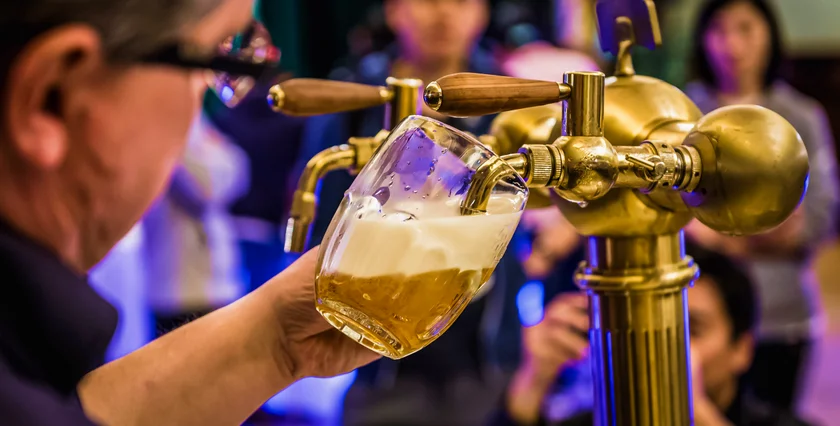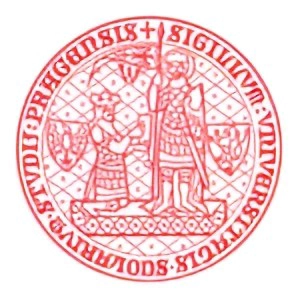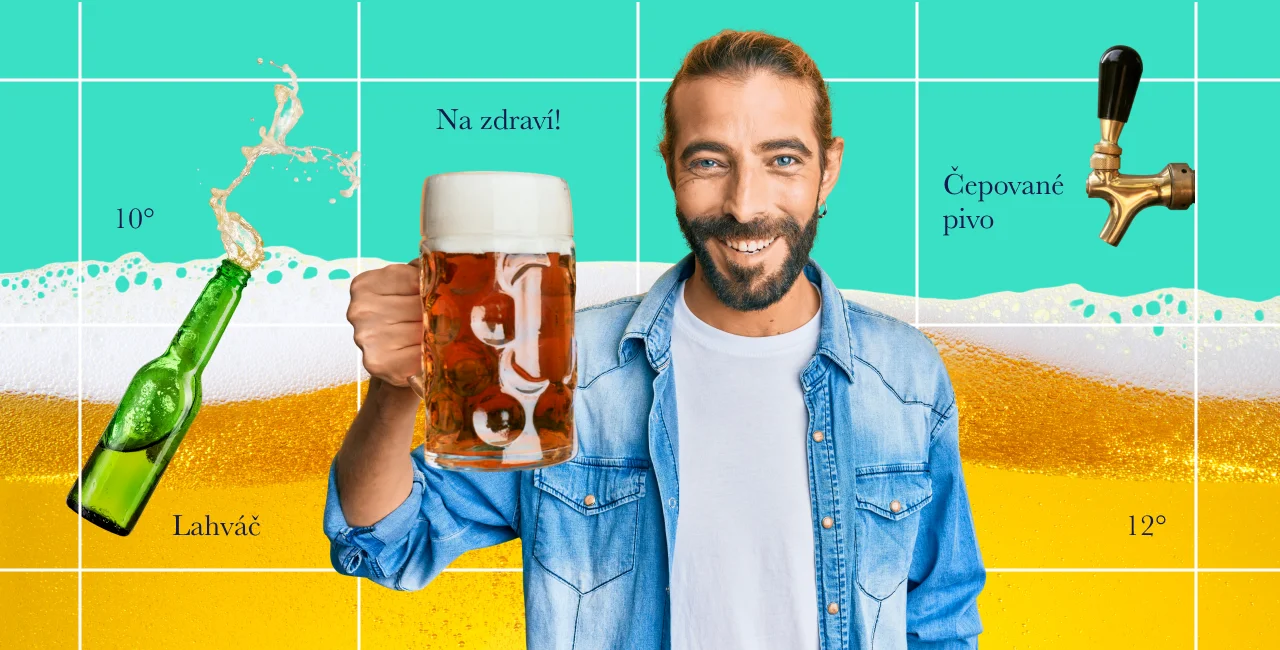Beer is almost a national treasure in the Czech Republic, and it tastes best in the summer. If you want to drink like a local, always order čepované pivo (draft beer) ideally pivo z tanku (tank beer) if the pub has it on tap. Bottled beer, known as a lahváč, is usually drunk at home or on a park bench. In a pub, that would be almost a waste.
But it's not enough to just say “Jedno pivo, prosím!” (One beer, please!). The waiter will immediately ask: “Malé, nebo velké?” (Small or large?) Velké pivo means half a litre (0.5 l); do půllitru. Malé pivo is a third of a litre (0.3 l); so you might also hear do trojky. And if you’re really thirsty (or have big plans), go for a tuplák; a giant one-litre mug.
PARTNER ARTICLE
And that’s not all. Another question might come up: “Desítku, jedenáctku, nebo dvanáctku?” These numbers show the beer’s strength; how “strong” or full-bodied it is. A desítka is lighter, while a jedenáctka or dvanáctka is fuller and a bit stronger.

True beer lovers know the secret tricks too: a hladinka is beer with a nice thick head of foam right to the top. A šnyt is a smaller pour with more foam, just for a taste. A mlíko is a glass filled with smooth, sweet foam. Not a fan of foam at all? Then order a čochtan; almost no foam, just clear beer up to the rim.
Whether you go for a velké, malé, desítku, or mlíko, one thing is clear: Czechs know beer better than anyone. Na zdraví! And watch out: you don’t want to wake up with a kocovina or an opice.
What does that mean? Check out our previous articles on Czech beer culture.
Do you want to speak Czech like a native? Study at ÚJOP UK!















